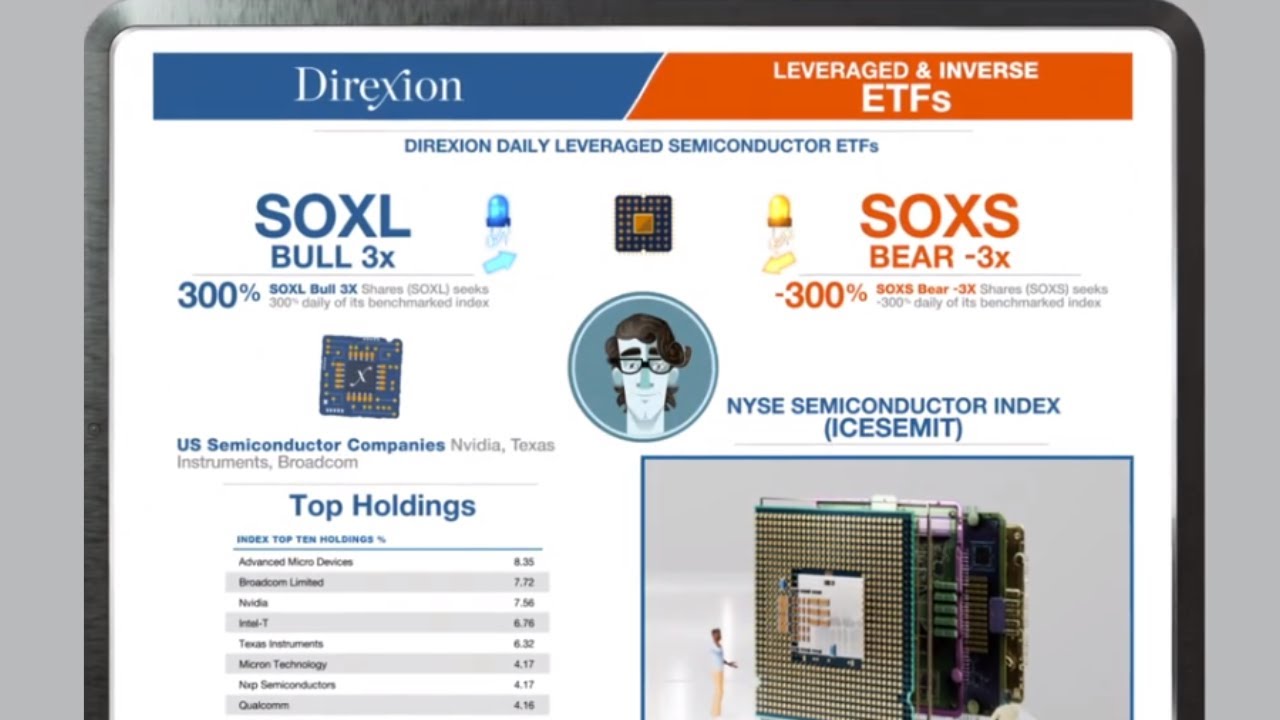Multi-asset class funds and ETFs are designed to invest across various asset classes like stocks, bonds, commodities, real estate, and other alternatives.
In the ETF marketplace, examples of these types of multi-asset class funds are the Multi-Asset Diversified Income ETF (NYSEARCA:MDIV), iShares Core Growth Allocation ETF (NYSEARCA:AOR), and the iShares Morningstar Multi-Asset Income ETF (NYSEARCA:IYLD).
(Audio) Portfolio Report Card: Ron DeLegge Dissects and Grades a $26.9 Million Portfolio
Here’s the problem: Multi-asset class funds and ETFs propose to do something that people should already be doing for themselves, namely, customizing their portfolio’s asset mix across a variety of different asset categories.
The other problem is that some investors mistakenly own multi-asset class funds (Nasdaq:BAICX) when they already have exposure to some of the same underlying asset classes elsewhere in their portfolio.
Think about it this way: If an investor already has market exposure in their core portfolio to the five major asset classes (stocks, bonds, commodities, cash, and real estate) as they should, then adding a multi-asset class fund to that same portfolio mix does nothing but create over-diversification and needless clutter. Both of these conditions should be avoided.
Many multi-asset class funds are sold under the false premise that fund managers can jump in and out of various asset classes by perfectly timing market tops and bottoms. Is it true?
A 12 year study conducted on 323 U.S. multi-asset funds from 2000 to 2012 titled “Multi-Asset Class Mutual Funds: Can They Time the Market?” found that 98% of these funds were unable to accurately time movements in the stock market (NYSEARCA:DIA). In other words, the typical multi-asset fund shareholder is paying for service that fund managers aren’t delivering. The study concludes, “We find overall that asset class timing skills amongst multi-asset class funds is rare, existing only among a tiny minority of funds.” Put another way, professional investors are collectively no better than the investing public at market timing.
Ultimately, multi-asset class funds face the same conundrum as target-date funds (Nasdaq:TRRGX). Both types of fund products are attempting to give a customized asset allocation to individual investors by using a canned or one-size fits all approach. A custom tailored asset mix with firsthand knowledge of a person’s risk tolerance, financial goals, and life situation isn’t just the better solution, it’s the right one.
What about cost?
An individual investor can assemble their own multi-asset class portfolio with annual expenses that are 80% less compared to the typical multi-asset class fund. If you can’t imagine yourself paying 80% more for anything – why would you do it with your investments?
Bottom line: Think long and hard before plunging into multi-asset class funds.
Follow us on Twitter @ ETFguide



